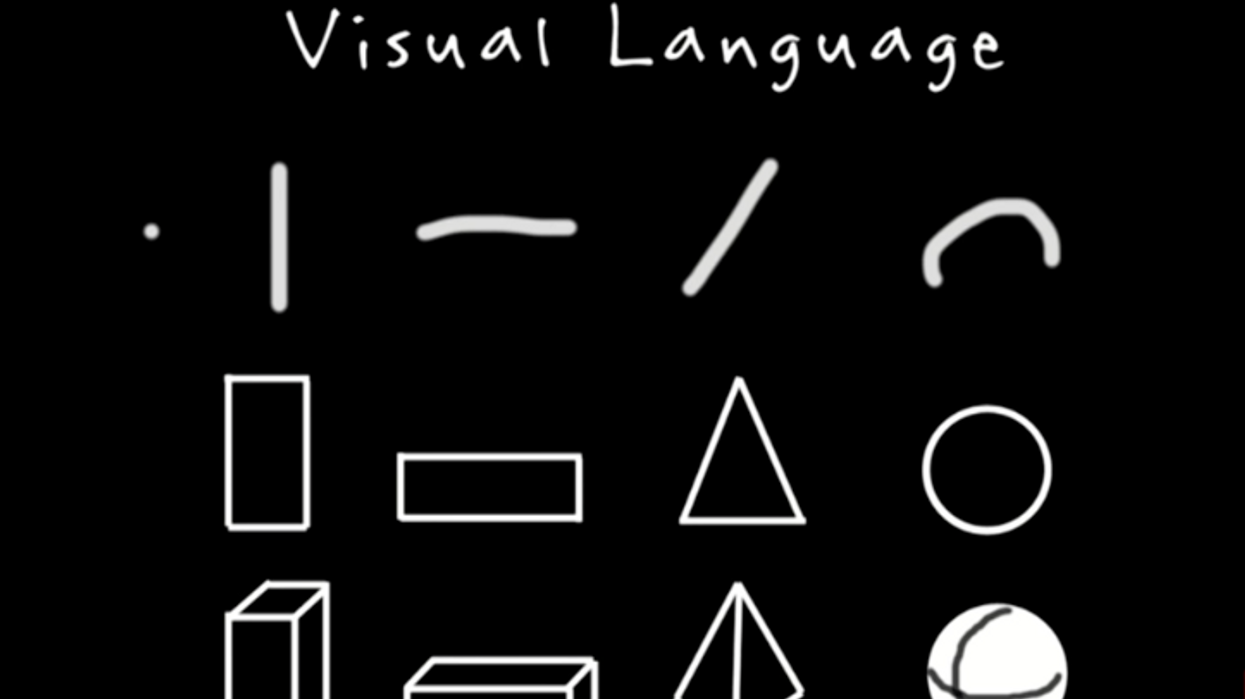Aesthetics Masterclass: Learn How to Speak the Cinematic Language More Fluently
If you're going to work in a visual medium, you have to understand the visual language.

Everything that is inside a composition, as well as the characteristics of those things, say something to its viewer. Literally -- everything. The shot size, camera angle, lens used, lighting, costuming, and props say something. The size, shape, and color of objects in the frame say something, as well as the vectors they create. Their relationship to other objects in the frame say something, too. These are all "words" -- even full statements -- that we use when we make images.
As a filmmaker, your job is to tell stories using these images -- these "words", which is why your visual literacy is supremely important if you want to 1.) communicate clearly and effectively with your audience, and 2.) tell the stories that you truly want to tell. If you've never heard about visual literacy before, you're in luck! Not only do we have a video that breaks down many of the concepts of composition and visual language, but chances are you, just like most audiences, are very well versed already (even if you/they don't know it).
In this workshop, photographer Adam Marelli compares the work of classical painters to contemporary photojournalists, essentially "bridging the gap" between the compositional techniques found in classical art and photography. So seriously, grab a pen, a piece of paper, and get ready to take notes, because if you don't know much about aesthetic theory, your world is about to get completely rocked.
This video is a fantastic introduction to aesthetic theory, but it's only the beginning. You can always learn so much about this stuff by simply watching, studying, and making films (or reading up on cinematography). However, if you want to know more about the formal concepts of aesthetics, like the science and emotion behind color and composition, you can check out some of our past articles here. Martin Scorsese has actually addressed visual literacy several times, namely in an article he wrote for The New York Review of Books, as well as in an interview for Edutopia. Those are definitely worth a read/watch.
Source: B&H










![Ethos, Pathos, Logos: 20 Effective Ways to Advertise [Infographic]](https://nofilmschool.com/media-library/ethos-pathos-logos-20-effective-ways-to-advertise-infographic.jpg?id=34064614&width=600&height=600&quality=90&coordinates=560%2C0%2C0%2C0)

